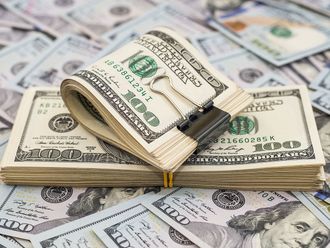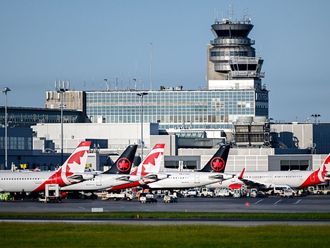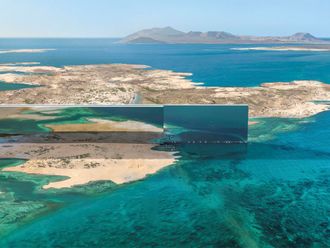Dubai: Argentina's economy endured a severe crisis during the late 1990s and early 2000s. The critical period started with the decline of real GDP in 1999 and ended in 2002 with the return to GDP growth, but the origins of the collapse of Argentina's economy, and its effects on the population, can be found in earlier action.
Basically, it started with a fight against inflation and the fall in value of the Argentine peso in the 1990s. The currency had been pegged at a fixed 1:1 rate to the dollar, which helped stop inflation and stabilise prices, but led to serious after-effects.
The problem of Argentina's international debt remained. To repay the debt, the country needed to keep borrowing. As the peso was not really backed by economic factors, interest rates on international bonds started to climb, making borrowing even more expensive.
Although the fixed exchange rate made imports cheap, it caused a constant flight of dollars out of the country and a shrinking of industrial infrastructure, leading to job losses. Argentina's GDP started to fall and the country entered a recession, with the effective value of the peso decreasing even more and distorting its real exchange value.
All this caused a large part of the population to lose confidence in the country's economic system and a run on the banks to withdraw money and transfer it abroad. The government reacted by freezing bank accounts for one year, which only worsened the situation. Violent protests and demonstrations occurred nationwide in 2001.
In 2002, the fixed exchange rate to the dollar was abandoned, resulting in a sudden drop in the peso's value.
The huge depreciation of the currency caused a wave of bankruptcies and rising unemployment. All sectors of the economy were affected, with industry, services, agriculture, aviation and tourism hit hardest.
Default
The government was forced to declare a default on international bonds because it was unable to meet interest rates and repayments, Investors, among them many wealthy individuals throughout the world who were lured by comparably high interest rates on Argentine bonds, either lost heavily or faced a standstill in payments.
The Argentine government kept a firm stance, and finally got a deal in 2005 by which 76 per cent of the defaulted bonds were exchanged for others, of a much lower nominal value (25-35 per cent of the original) and on longer terms. In 2008, President Cristina Fernandez de Kirchner announced she was studying the reopening of the 2005 swap, to gain adhesion from the remaining 24 per cent of the so-called "holdouts", and thereby exit the default with private investors.
The International Monetary Fund expressed harsh criticism of the discounts and actively lobbied for the private creditors.
However, the IMF's role in handling the Argentina crisis was also heavily criticised. For example, Max Weisbrot of the Washington Post recently described the actions of the IMF towards Argentina as wrong and harmful, even before the crisis started. He argued that the IMF and its inaction when Argentina's currency slumped were one of the main triggers of what inevitably followed.
In 2005, Argentina vowed to repay IMF debts in full, with the aim to gain independence. The debt payments, totalling $9.8 billion (Dh35.9 billion), were paid with the central bank's foreign currency reserves.











